In the bustling streets of Oaxaca, Mexico, a centuries-old culinary tradition is experiencing a modern-day renaissance. The unlikely marriage of chili and chocolate—once reserved for Aztec royalty—has exploded onto the international dessert scene, captivating pastry chefs and food enthusiasts alike. This complex flavor profile, balancing fiery heat with velvety sweetness, is redefining global palates and sparking a wave of innovation in haute cuisine.
The roots of this trend run deep into Mesoamerican soil. Archaeological evidence suggests the Maya were drinking bitter cocoa spiked with chili peppers as early as 500 BCE. When Spanish conquistadors encountered Montezuma’s court in the 16th century, they documented the emperor consuming vast quantities of xocolātl—a frothy, spiced beverage believed to enhance vitality. Today’s artisanal producers in Mexico still stone-grind cocoa beans with chili varieties like árbol, habanero, and pasilla, preserving ancestral techniques while adapting to contemporary tastes.
What began as small-batch experiments in Oaxacan chocolate mills has evolved into a full-blown movement. Michelin-starred restaurants from Copenhagen to Tokyo now feature chili-chocolate desserts, while specialty shops in Paris and New York struggle to keep shelves stocked with Mexican imports. The flavor combination works because capsaicin (the compound that makes chilies hot) binds to the same neural receptors that respond to chocolate’s theobromine, creating a euphoric sensory interplay that lingers on the tongue.
International pastry chefs are pushing boundaries with this ingredient duo. At Barcelona’s famed Espai Sucre, chef Jordi Butrón serves a deconstructed "Mole Encantado" featuring chili-chocolate ganache with crystallized ants—an homage to pre-Hispanic entomophagy. Meanwhile, London’s Dominique Ansel Bakery caused a sensation last winter with their "Abuelita’s Revenge," a spicy hot chocolate doughnut that sold out within hours daily. Even mainstream brands like Lindt and Godiva have released limited-edition chili-chocolate bars, though purists argue these lack the depth of traditional Mexican preparations.
The trend shows no signs of cooling off. Food scientists note that chili’s heat actually enhances chocolate’s flavor compounds, while nutritionists highlight the combination’s antioxidant properties. As more consumers seek adventurous eating experiences, this ancient pairing has found its moment in the global spotlight—proving that sometimes, the most unexpected flavors create the most unforgettable harmonies.

By Jessica Lee/Apr 9, 2025

By Eric Ward/Apr 9, 2025
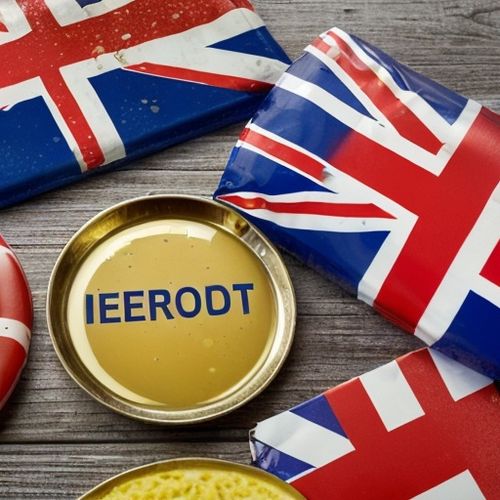
By Grace Cox/Apr 9, 2025

By Joshua Howard/Apr 9, 2025
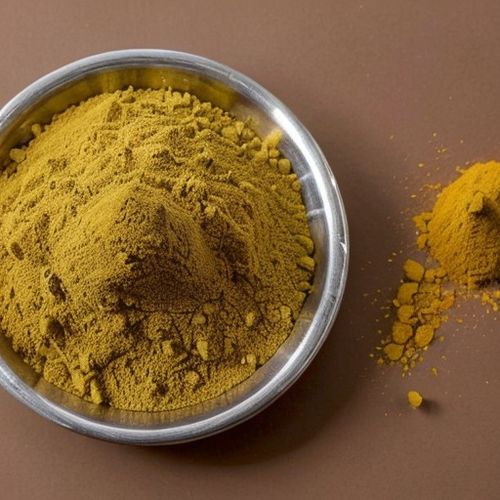
By Noah Bell/Apr 9, 2025
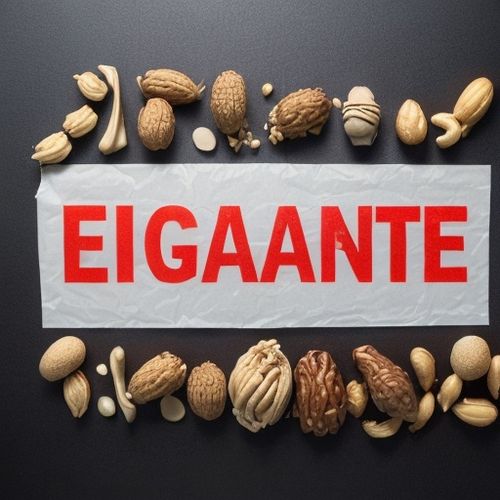
By Natalie Campbell/Apr 9, 2025
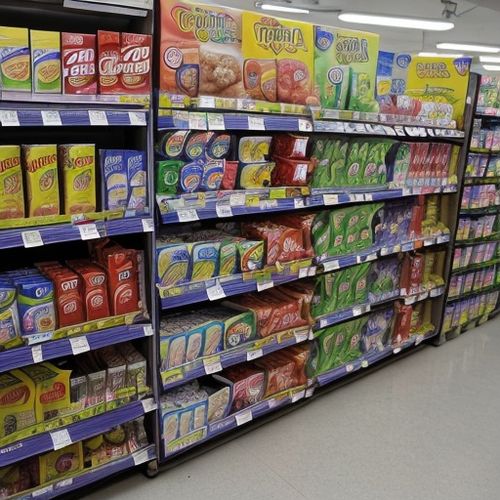
By Grace Cox/Apr 9, 2025

By Emma Thompson/Apr 9, 2025
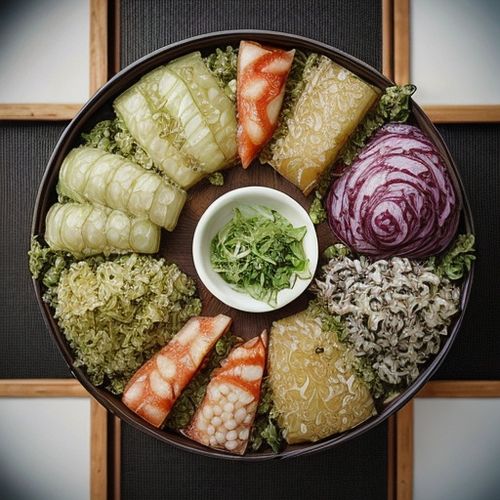
By James Moore/Apr 9, 2025
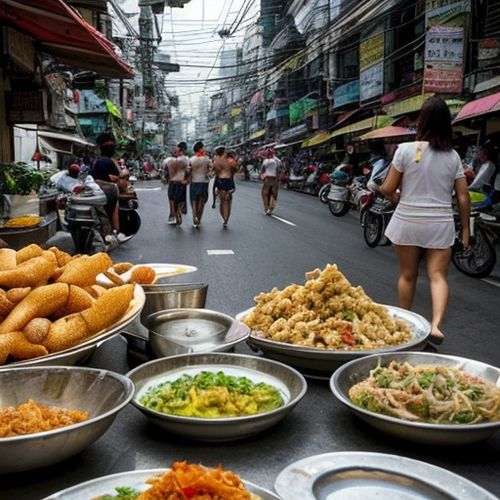
By Daniel Scott/Apr 9, 2025
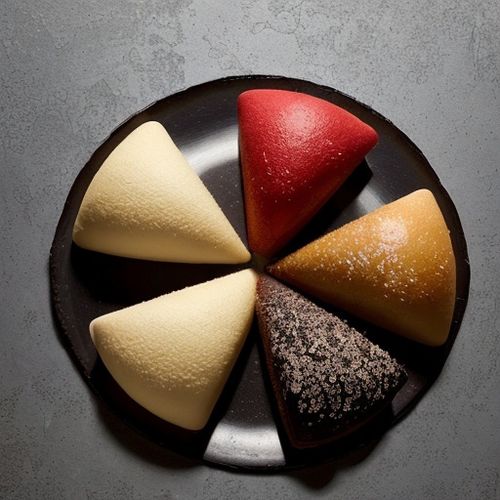
By Victoria Gonzalez/Apr 9, 2025

By Noah Bell/Apr 9, 2025
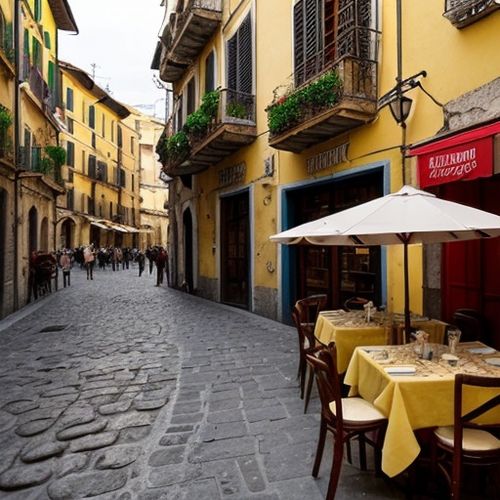
By Ryan Martin/Apr 9, 2025

By Emma Thompson/Apr 9, 2025
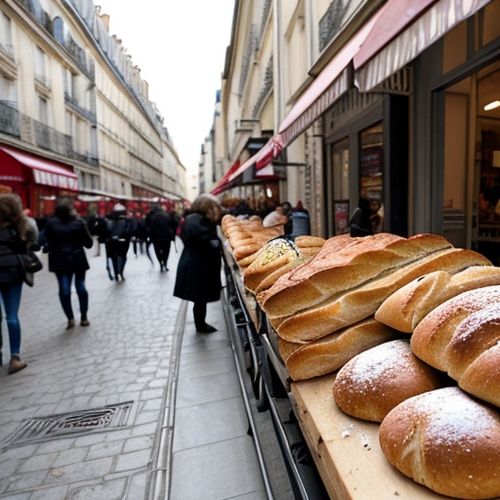
By Emma Thompson/Apr 9, 2025
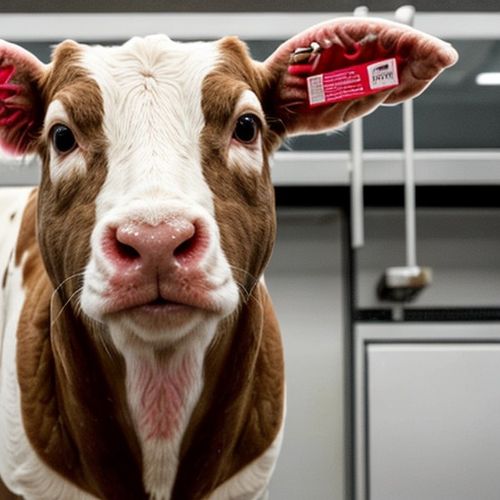
By Daniel Scott/Apr 9, 2025

By Christopher Harris/Apr 9, 2025
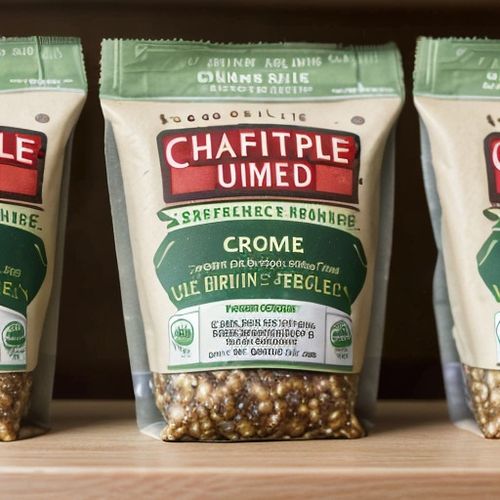
By Joshua Howard/Apr 9, 2025